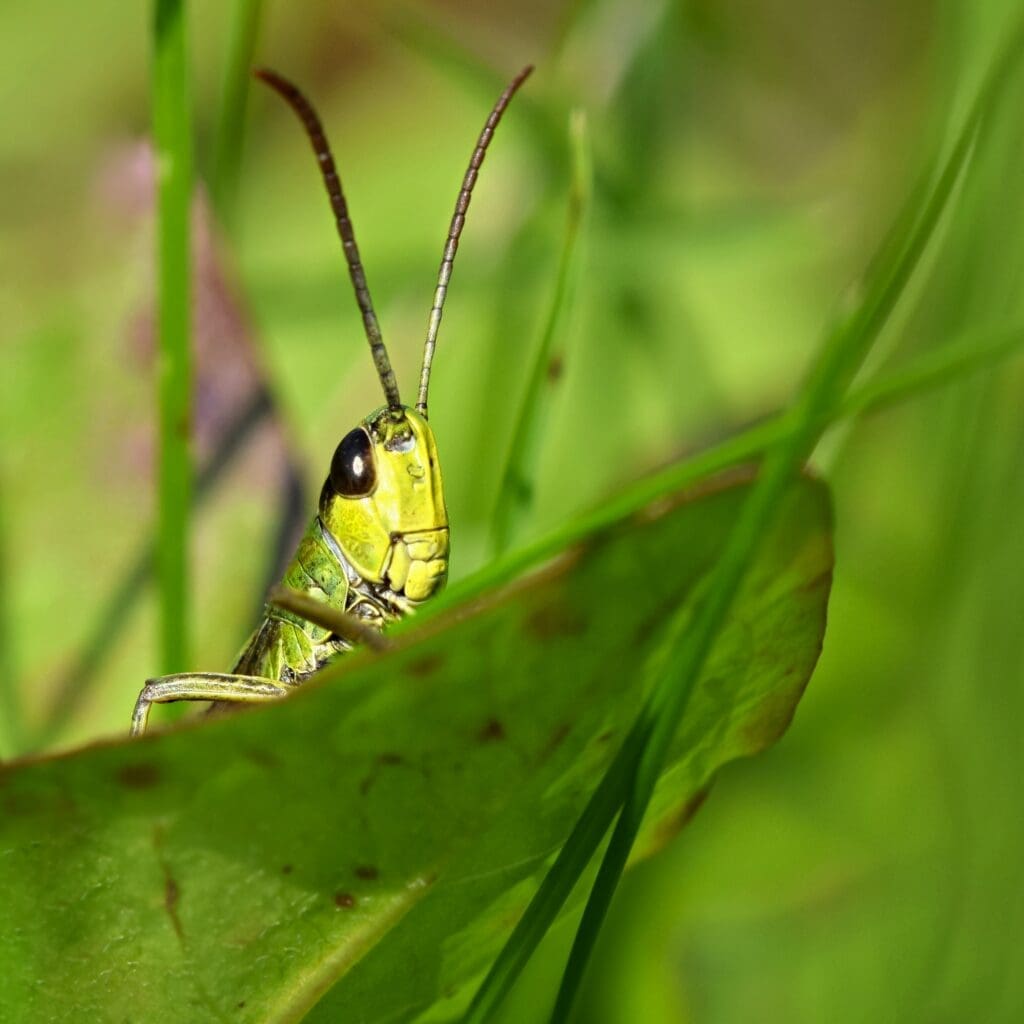
Cantharis vesicatoria
Latin name: Cantharis vesicatoria
Short name: Canth
Common name: Spanish Fly | Blister Beetle | Lytta vesicatoria | Cantharides
Primary miasm: Syphilitic Secondary miasm(s): Psoric, Sycotic
Kingdom: Animals
Family: Insecta | Meloidae
- Symptomatology
- Remedy Information
- Differentiation & Application
Cantharis vesicatoria is a green metallic beetle of the Meloidae family, historically used in medicine and torture due to its violent vesicant properties. The active irritant is cantharidin, which causes blistering upon contact. It is a remedy of intense inflammation, burning, and destruction, particularly affecting the mucous membranes of the urinary tract, skin, and gastrointestinal system.
In ancient and mediaeval medicine, cantharides were used externally to raise blisters, to treat infections, or as a rubefacient. Internally, they were historically (and dangerously) used as an aphrodisiac or abortifacient, due to its extreme urogenital irritation. Its toxicity is well-documented.
Hahnemann conducted the first provings, included in Materia Medica Pura. Its dramatic symptoms were verified through poisonings and confirmed by later authors like Allen, Clarke, and Hering.
- Urinary tract – bladder, urethra (cystitis, nephritis, strangury)
- Genitalia – violent irritation and sexual excitement
- Mucous membranes – burning inflammation
- Skin – blistering, burning, itching, vesicles
- Stomach and intestines – gastroenteritis, burning pain
- Throat and mouth – burning ulcers, dryness
- Mind – frenzy, delirium, sexual mania, anguish
- Right side more commonly affected
- Cold applications
- Rest (briefly)
- Rubbing (sometimes)
- Open air
- Lying quietly in dark room
- Cold milk or drinks (momentarily)
- Cold applications
- Rest (briefly)
- Rubbing (sometimes)
- Open air
- Lying quietly in dark room
- Cold milk or drinks (momentarily)
- Apis mellifica – Similar burning and urinary complaints, but more oedema, less violence
- Belladonna – Acute inflammation and mental excitement, but more throbbing, less sexual focus
- Mercurius corrosivus – Urinary tenesmus with blood, but more steady deterioration
- Nux vomica – Frequent urging, but more ineffectual, less raw burning
- Terebinthina – Burning urine with nephritis, but less sexual mania
- Uva ursi – Urinary irritation, less violent, more specific to bladder
- Complementary: Aconitum, Apis, Belladonna
- Antidotes: Camphor, Coffea
- Follows well: Aconite, Bryonia
- Inimical: None noted specifically
Cantharis epitomises the violence of inflammation, the unbearable burning of mucous membranes, and the madness of pain. Its essence is found where suffering reaches a crescendo—mind in frenzy, body on fire, bladder in torment, and libido inflamed to insanity. It is a state of collapse driven by fire, seeking extinguishment through cold, calm, and release. Its healing force lies in cooling and calming the agonised individual whose sensations and instincts are ablaze.
- First remedy to consider in acute cystitis with scalding, bloody urine
- Use in burns where skin is blistered and pain intense—internal and external
- Valuable in urinary tract infections, bladder irritation post-catheterisation
- Consider in gonorrhoea with violent pain and sexual excitement
- Use for priapism, nymphomania, or urinary retention after fright or fever
Mind
- Frenzy with pain
- Sexual mania
- Delirium with burning
- Fear of death during urination
Urinary
- Tenesmus of bladder
- Burning before/during/after urination
- Blood in urine
- Pain after urination intolerable
Skin
- Blisters
- Burns, first and second degree
- Ulcers with burning
- Vesicular eruptions
Genitalia
- Nymphomania
- Priapism
- Gonorrhoea, chordee
- Vulvitis with burning
Generalities
- Burning pain everywhere
- Worse from urination, heat, touch
- Sudden onset of symptoms
- Better from cold, open air
- Samuel Hahnemann – Materia Medica Pura: Original proving and urinary symptom documentation
- C. Hering – Guiding Symptoms: Mental anguish, burning skin and bladder symptoms
- William Boericke – Pocket Manual: Summarised action on urinary and genital organs
- J.T. Kent – Lectures on Homoeopathic Materia Medica: Mental state, nymphomania, bladder pathology
- John Henry Clarke – Dictionary of Practical Materia Medica: Extensive urinary and mind symptom expansion
- Allen’s Encyclopaedia: Broader repertorial details and poison symptomatology
